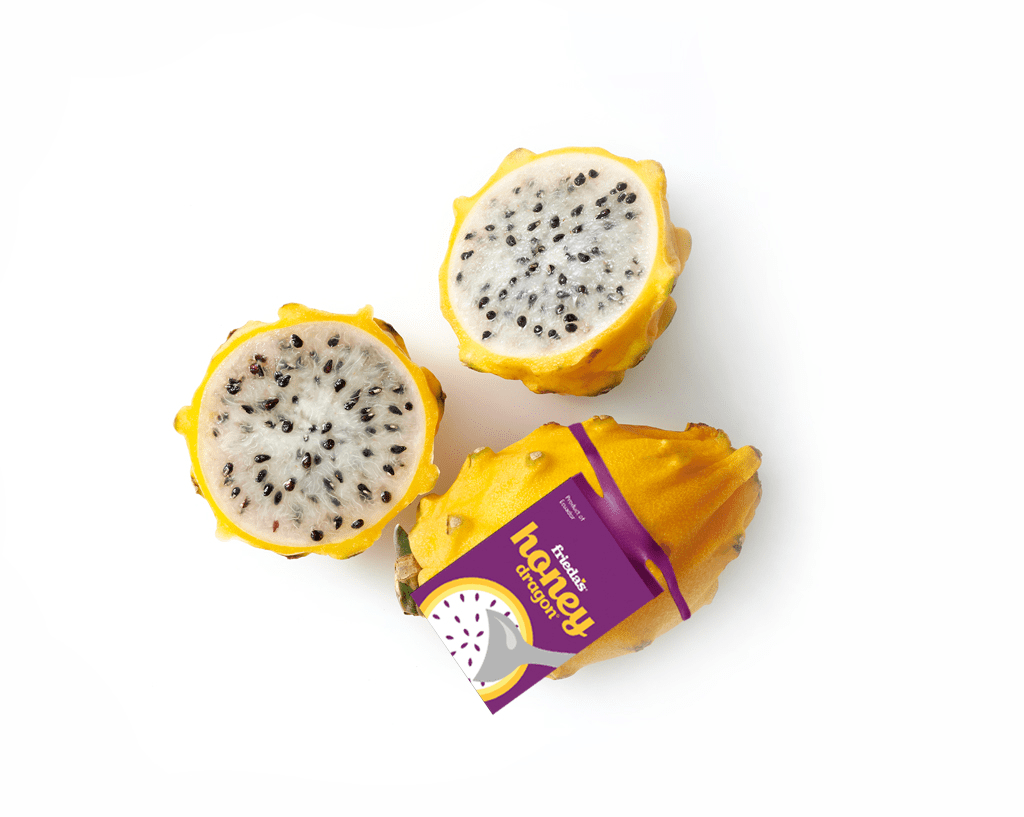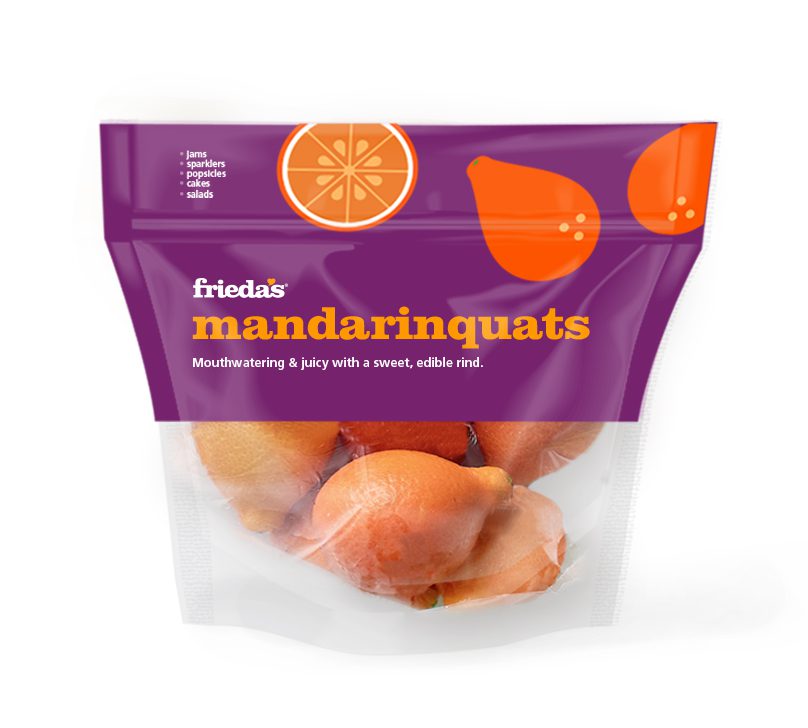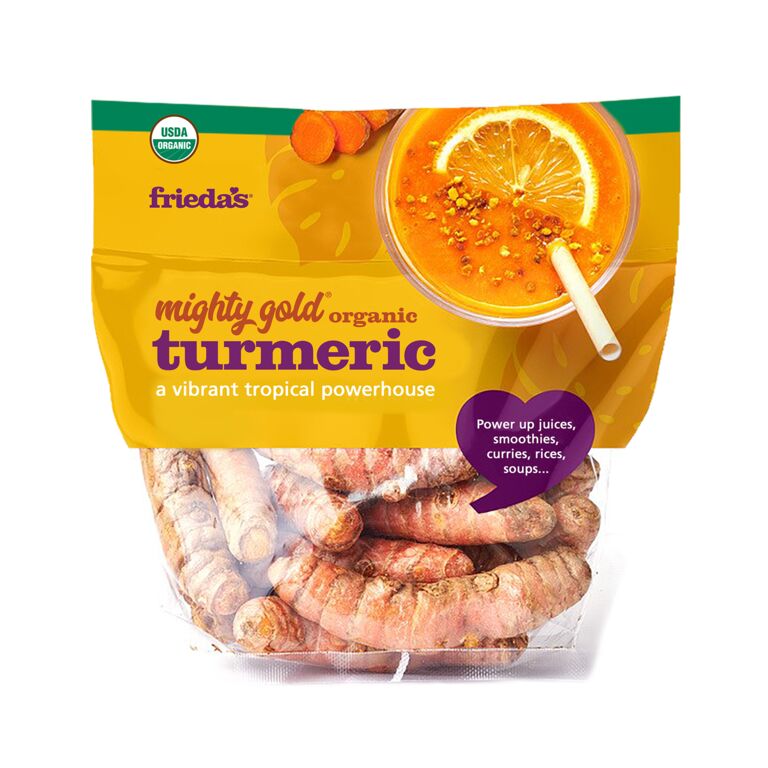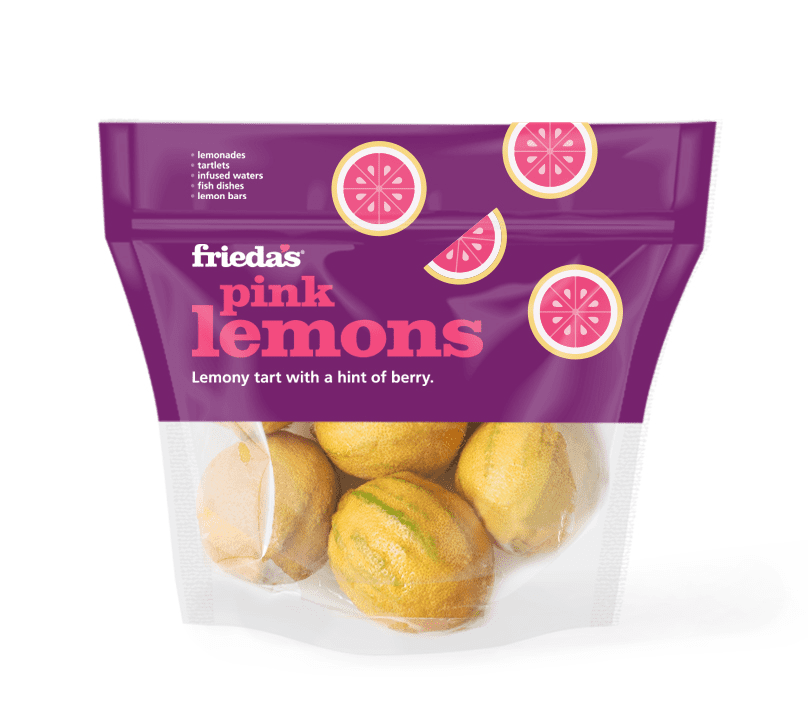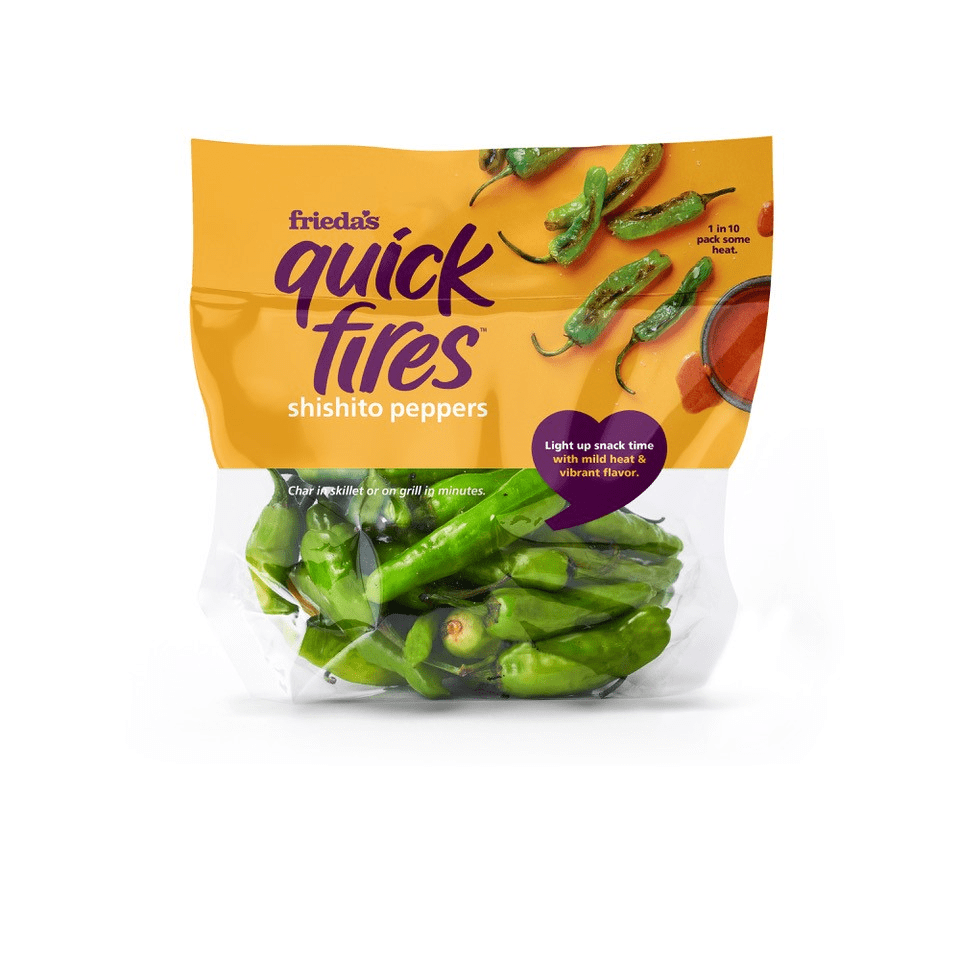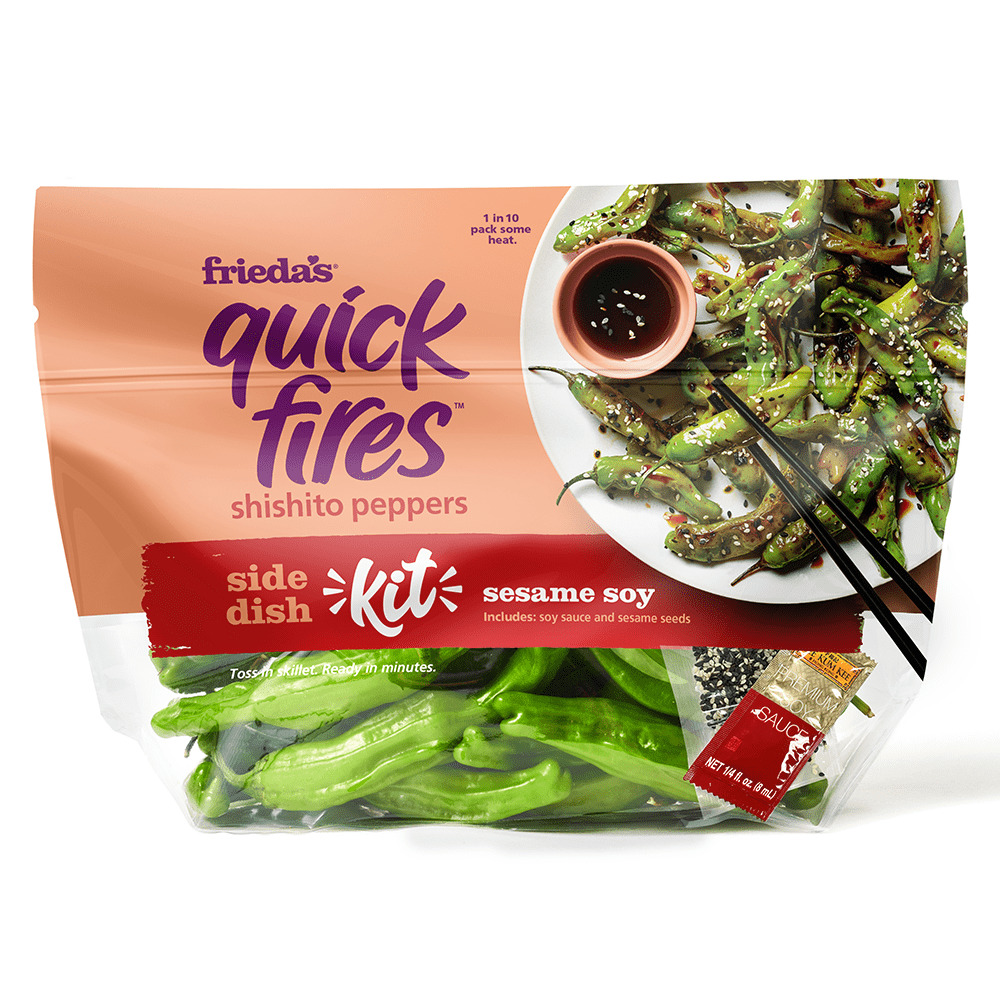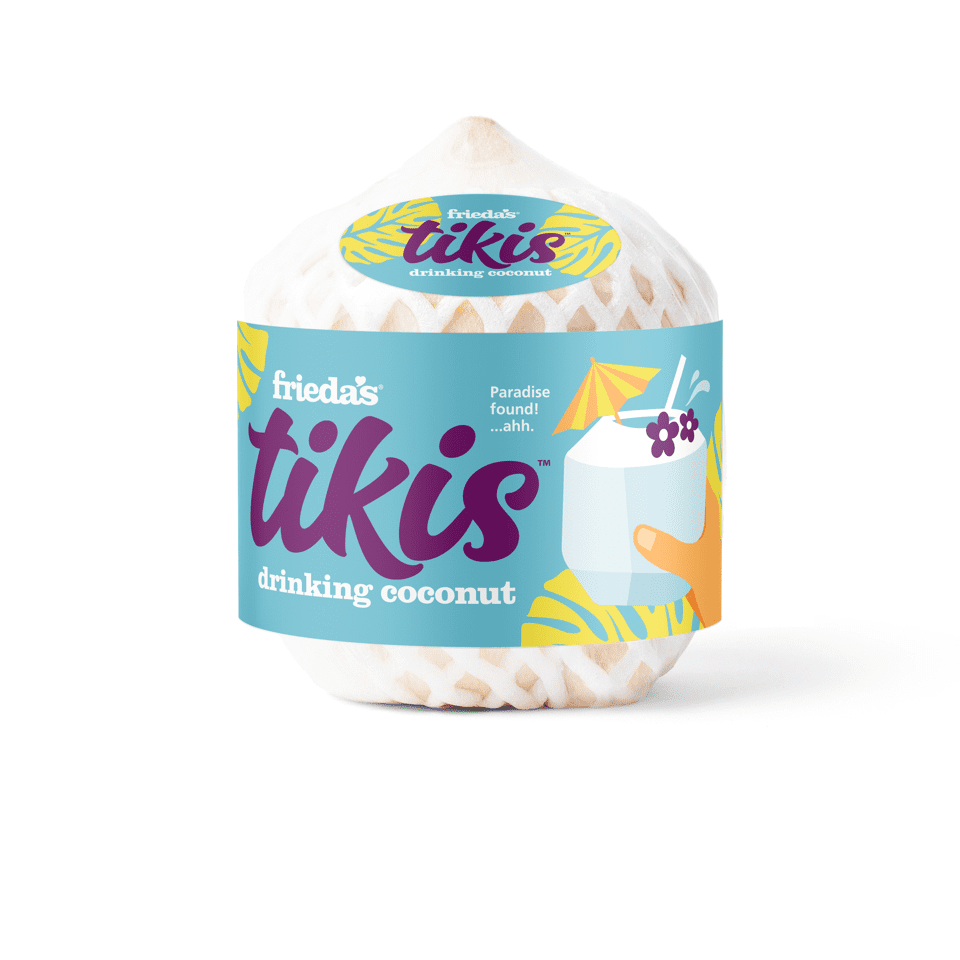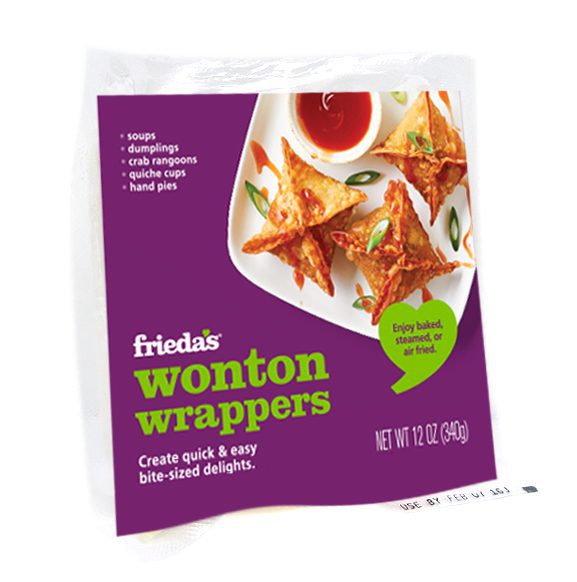This is the question my friend Tina recently asked me. Seems like there should be an easy enough answer, right? It must either be a shortage of supplies or an excess of demand. Well, it’s a little bit of both.
The most sizable commercial production of shelled Pine Nuts is really concentrated in just a few places in the world — the most significant being China (although some say they are grown in Russia and brought to China for processing). It appears as if most other sources of Pine Nuts are localized, like in Italy, Spain and a small amount in the United States. And, the shelling of the nuts from the pine cone is so labor intensive, it’s no wonder that the biggest supplier is a country whose labor costs are the cheapest.
Over the past decade, we have seen an incredible increase in demand for Pine Nuts. I guess you can thank the Food Network for that. Whether it’s for authentic holiday Pine Nut cookies, or a fresh pesto recipe calling for Pine Nuts instead of walnuts, the more Pine Nuts are called for in recipes, the more demand there is for them in supermarkets. And the more demand there is for a labor-intensive product….the higher the price we pay.
An interesting byproduct of the increased availability and consumption is the number of complaints we hear about Pine Nuts. The top two complaints are:
1. A bitter taste in your mouth after eating Pine Nuts — also known as “pine mouth.” Contrary to popular belief, it is not food poisoning or rancid pine nuts, but rather a tendency for some people to experience a bitter taste sensation or “taste disturbance” after eating them. Although we don’t exactly know why this is happening, it’s possible that Pine Nuts harvested from certain pine species may be to blame. More research is needed. At this time, the FDA hasn’t published anything official on the phenomenon, but here are some links to recent articles about “pine mouth”:
Washington Post: Another reason to eat local: A ‘taste disturbance’ caused by Chinese pine nuts
ABC News: Some Pine Nuts Lead to Temporary ‘Pine Mouth Syndrome’
Journal of Medical Toxicology: “Pine mouth” syndrome: cacogeusia following ingestion of pine nuts (genus: pinus). An emerging problem?
2. Going stale. Did you know that Pine Nuts really should be refrigerated? Because of the high oil content in the nuts, they have a natural tendency to become rancid over time. To prevent this, you should keep them refrigerated (or frozen) when storing them.
So, if you love Pine Nuts, be prepared to pay a dear price for them. And prices can vary greatly, because it may depend on where the pine nuts are grown, how they were harvested, etc.
But one thing is for sure. The special flavor you get from adding freshly roasted pine nuts to a recipe is unique and special. Here is my friend Tina’s favorite Pine Nut recipe:
Capellini with Tomato Pesto
From “Quick Vegetarian Pleasures” by Jeanne Lemlin
1/3 cup Pine Nuts
6 ounce can tomato paste
1/2 cup minced fresh parsley
1/4 finely chopped fresh basil
1/2 cup olive oil
1/2 cup grated Parmesan cheese
2 garlic cloves, minced
1/2 teaspoon salt
Freshly ground black pepper to taste
1 pound capellini
Serves 4
1. Lightly toast the Pine Nuts in a 350-degree oven until golden, about 5 minutes.
2. To make the sauce, combine the Pine Nuts with all the remaining ingredients except the pasta in a medium bowl. (This step may be completed up to 24 hours in advance, covered, and chilled. Bring to room temperature before mixing it with the pasta).
(**Note from Tina, I don’t put the pine nuts in until close to the time I am using, as I like them to keep their crunch.)
3. Bring a 6-quart pot of water to a boil. Add the pasta and cook until al dente. Before draining the pasta, beat 2 tablespoons of the boiling pasta water into the sauce. Drain the pasta and return it to the pot or drop it into a large bowl. Spoon on the sauce and toss quickly. Serve immediately.
Enjoy!
Karen





